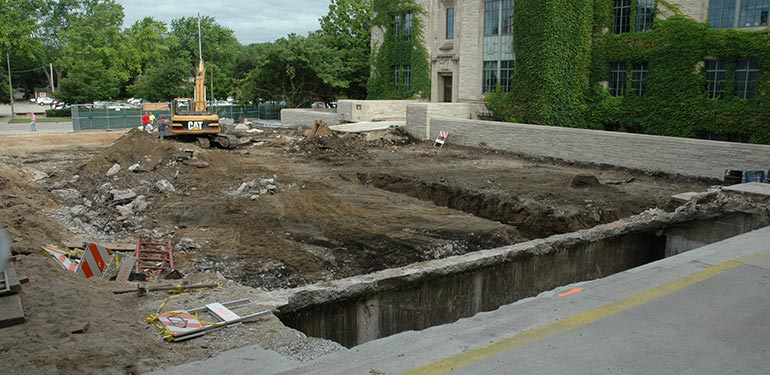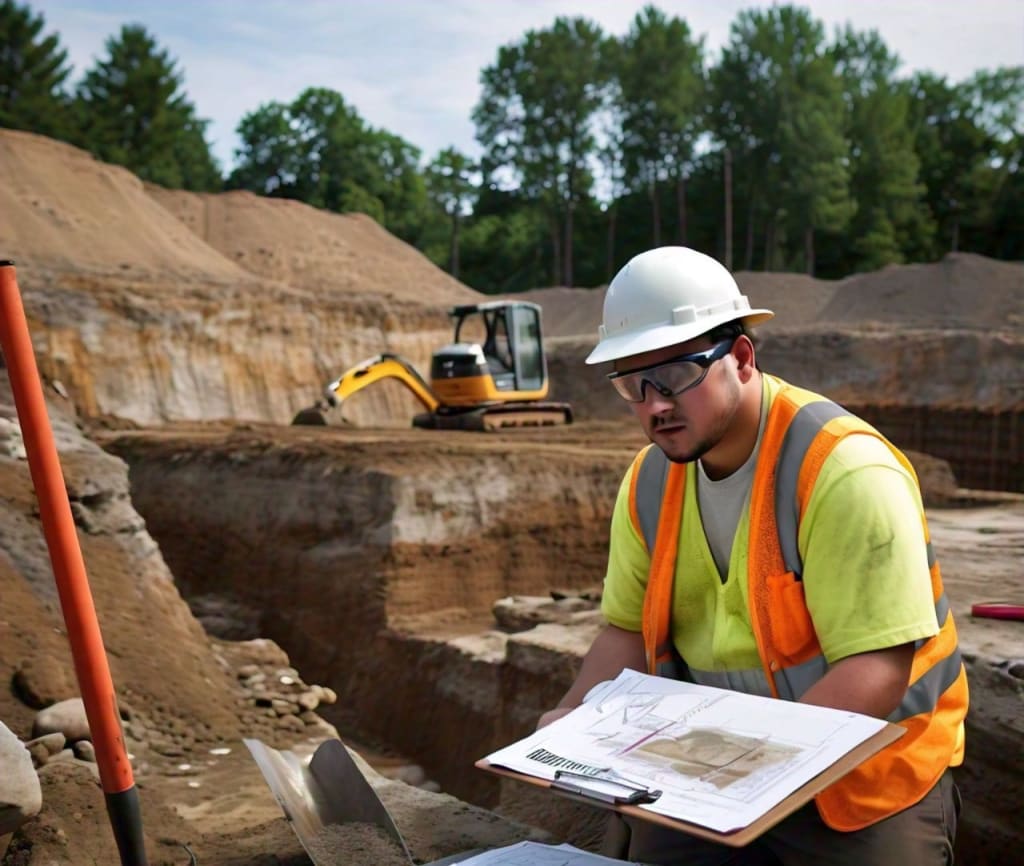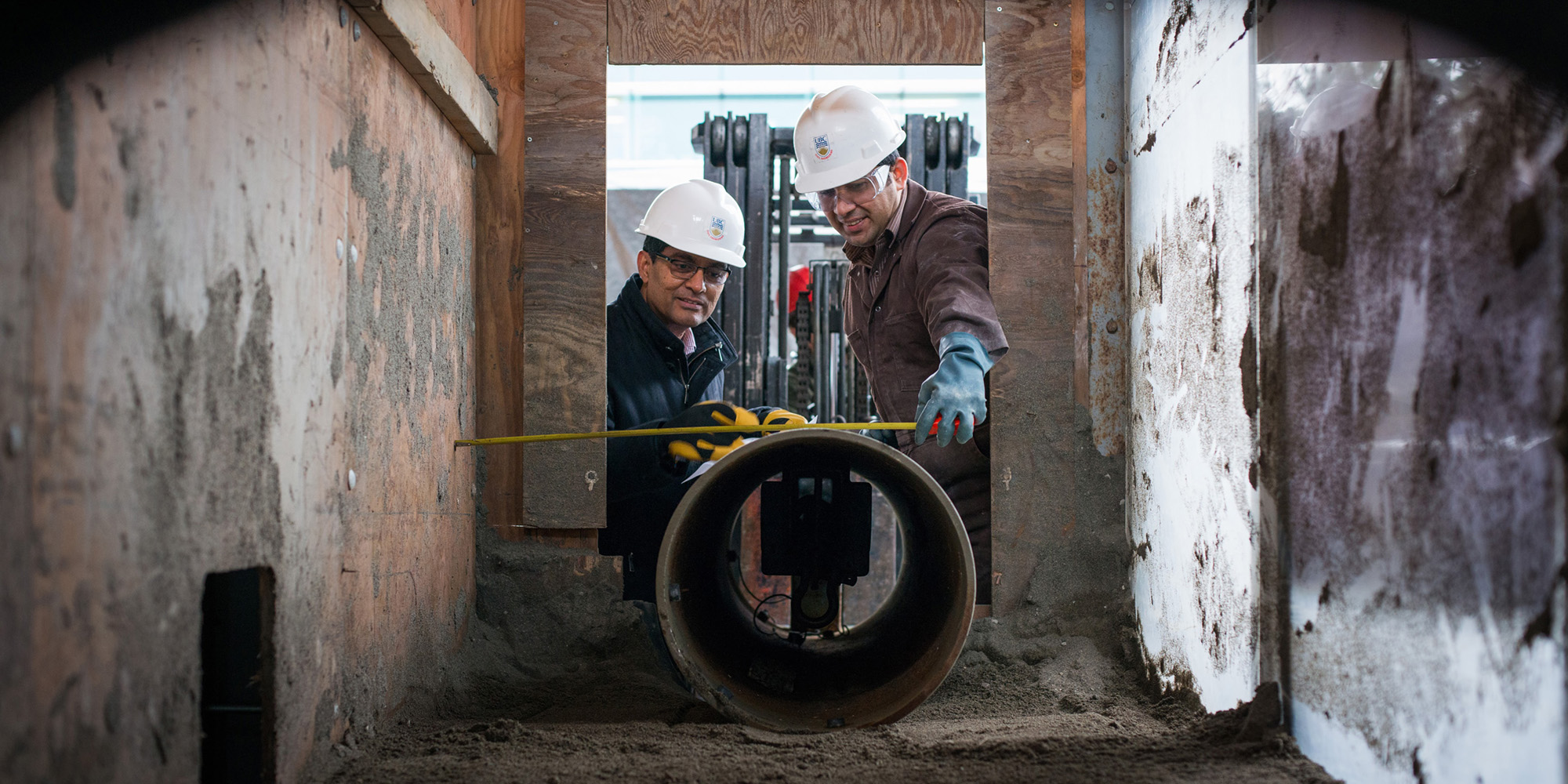Project Geotechnical Engineer for Tailored Site Analyses
Project Geotechnical Engineer for Tailored Site Analyses
Blog Article
How Consulting Engineers Enhance Geotechnical Engineering Projects: Insights Into Their Knowledge, Methodologies, and Collaborative Approaches
Consulting designers are pivotal in improving geotechnical design projects, applying their specialized expertise to navigate the complexities of subsurface problems. Their joint methods foster interaction amongst diverse project stakeholders, eventually forming the job's trajectory.
Function of Consulting Engineers
The experience of seeking advice from designers in geotechnical engineering is essential to the effective implementation of construction projects. These experts play a crucial role in evaluating dirt and rock residential or commercial properties, which are important factors influencing design and building choices. By performing thorough site investigations, speaking with engineers gather necessary information that educates the layout procedure, making certain jobs are improved stable and suitable ground.
Consulting engineers additionally give vital understandings into risk monitoring (geotechnical geologist). They recognize prospective geotechnical risks, such as landslides, dirt liquefaction, and negotiation concerns, making it possible for stakeholders to apply reliable reduction methods. Their expertise help in enhancing foundation styles, which can result in significant price financial savings and enhanced safety and security
Furthermore, consulting designers offer as a crucial link between job proprietors, designers, and specialists. Their ability to translate complex geotechnical data right into workable suggestions fosters cooperation and assists in informed decision-making throughout the task lifecycle. This multidisciplinary technique not only boosts job efficiency yet likewise ensures conformity with regulative standards and ideal methods.
Key Methods in Geotechnical Engineering

One key methodology is site investigation, which entails performing field tests and laboratory analyses to gather information on subsurface conditions. Methods such as Standard Penetration Screening (SPT) and Cone Infiltration Testing (CPT) are widely utilized to examine dirt stratigraphy and strength. Additionally, geophysical approaches, including seismic and electric resistivity studies, supply non-invasive ways to analyze subsurface attributes.
One more crucial technique is numerical modeling, which enables engineers to simulate various circumstances and forecast how soil-structure interactions will act under different loading conditions. Finite Component Evaluation (FEA) is an usual strategy used in this context.
In addition, the layout of structures, maintaining structures, and earthworks relies greatly on these techniques - geotechnical geologist. By incorporating sophisticated analytical tools with area information, getting in touch with designers can establish tailored solutions that resolve details job challenges, ultimately adding to the stability and safety of construction tasks
Value of Soil Evaluation
Dirt evaluation serves as a fundamental aspect in geotechnical engineering, supplying important insights into the physical and chemical homes of dirt required for reliable construction preparation. Understanding dirt characteristics is vital for determining its load-bearing capability, water drainage behavior, and possibility for settlement or instability. Comprehensive dirt investigations, including tasting and laboratory testing, aid identify specifications such as dirt kind, moisture material, thickness, and shear strength.
These analyses notify the choice of ideal building techniques and materials, ultimately affecting task safety and security and long life. For instance, cohesive soils might call for various foundation designs compared to granular dirts, demanding customized design solutions. Moreover, dirt evaluation help in recognizing impurities that can pose risks to human health or the atmosphere, enabling for the advancement of mitigation methods.
Integrating soil evaluation into the beginning of task advancement assists to reduce unexpected difficulties, guaranteeing that engineers can prepare for and resolve possible problems before they escalate. By developing a thorough understanding of the website conditions, speaking with engineers can maximize style effectiveness and decrease expenses, thus enhancing the total success of geotechnical design projects.
Joint Techniques in Jobs
Successful geotechnical tasks commonly hinge on joint strategies that combine diverse great post to read proficiency from numerous self-controls. Effective cooperation among consulting designers, geologists, ecological scientists, and construction specialists is important for addressing intricate challenges and maximizing project outcomes. By leveraging the unique abilities and knowledge of each staff member, projects can take advantage of an all natural understanding of the website problems, regulatory needs, and engineering restraints.
Routine communication and interdisciplinary conferences facilitate the sharing of insights and cultivate a culture of team effort. These joint efforts allow the recognition of potential dangers early in the task lifecycle, permitting prompt reduction techniques. Additionally, incorporating feedback from stakeholders, consisting of neighborhood communities and regulatory companies, makes certain that all perspectives are thought about, improving task approval and compliance.
Additionally, the integration of sophisticated innovations, such as Geographic Info Solution (GIS) and Structure Info Modeling (BIM), more boosts cooperation. These devices permit the real-time sharing of information and visualization of geotechnical problems, advertising notified decision-making. Eventually, a collective technique not just enhances job execution however likewise lays the foundation for ingenious options to complicated geotechnical engineering difficulties.
Effect On Project Outcomes

Consulting designers use sophisticated techniques such as threat assessment and anticipating modeling, which improve the accuracy of project forecasts. Their ability to incorporate innovative technologies, like geotechnical instrumentation and data analytics, additionally refines the style and construction processes. Therefore, projects experience enhanced efficiency, decreased prices, and minimized hold-ups.
In addition, fostering efficient interaction and collaboration among staff member enhances analytical capacities. When challenges occur, an unified front permits swift identification of options, protecting against potential obstacles. Inevitably, the joint efforts of speaking with designers add to greater top quality outcomes, guaranteeing that jobs satisfy both regulative criteria and customer assumptions.
Verdict

Report this page